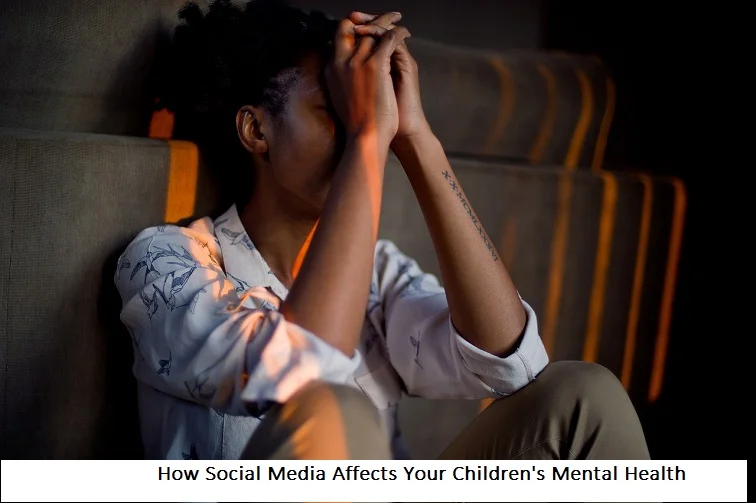+1 845 259 2974 (11 a.m to 7 p.m CST)
Damage control: How to prevent youth violence before it happens

Incidents of violence are increasing on a daily basis in most parts of the world. The U.S. has its own share of violence to restrict and the problem is especially chronic among the teens. Therefore, it won’t be difficult to understand that homicide is the leading cause of death for youth ages 15-24, and causes more deaths among African American youth than any other group. In addition more than 738, 000 young people, between the ages of 10-24, were brought to hospital emergencies in 2010 after sustaining injuries in violent activities. Further, over 30% of high school students admitted to being in at least one physical fight, and some 20% reported being bullied inside school premises. Moreover, homicide and assault-related injuries among youth cost Americans approximately $16.2 billion in lifetime combined medical and work loss cost.
Many steps have been taken to prevent youth violence so far. To be more precise, the problem has to be nipped in the bud.
Youth violence is preventable
The Center for Disease Control and Prevention (CDC) has adopted a unique approach in that it works towards preventing teen violence before it actually happens. Apart from this, the Task Force for Community Preventive Services has also developed universal school-based violence prevention programs.
CDC has formulated a coordinated effort by collecting evidence regarding violence prevention. In 2011 alone, the CDC spent $19.7 million on youth violence prevention efforts.
In May 2011, the CDC released a document, titled “Violence-Related Firearm Deaths among Residents of Metropolitan Cities (United States, 2006-07)”. The report deals with statistics collected from firearm homicides and suicides by studying youth aged between 10-19 years. It was found that firearm homicide rates were higher for large metropolitan areas, with a rate of 5.2. Moreover, the youth firearm violence rate exceeded all other age groups living in the cities.
School Associated Violent Deaths Study (SAVD): This is a partnership between CDC and the Departments of Education and Justice, and has been involved in data collection since July 1, 1992 till date.
SAVD works on school-associated violent deaths, identifies similarity between the deaths, estimate the rate of such occurrences, and identifies risk factors.
SAVD data was published in the Department of Education’s “Indicators of School Crime and Safety Report: 2011”. Per the report, there were 33 school-related violent deaths in elementary and secondary schools from July 1, 2009 until June 30, 2010.
Operation clean-up
Media and violence: CDC’s research showed that teens who visited sites depicting violence were five times more likely to report extreme violent behavior, as compared to the youth who did not visit such sites. Therefore, the Academic Centers for Excellence in Youth Violence Prevention (ACEs) forge bonds with the local community to develop and implement the best prevention efforts.
GREAT: The CDC also funded Guiding Responsibility and Expectations in Adolescents Today and Tomorrow (GREAT) intervention involving 37 middle schools to find the causes of youth violence. Schools that adopted the GREAT parent program showed a significant decrease in levels of violence perpetration.
Striving to Reduce Youth Violence Everywhere (STRYVE): This is a national initiative aimed at communities to use evidence-based strategies to prevent teen violence, thus increasing awareness about prevention of violence, and providing guidelines to communities to check violence in their respective areas.
























